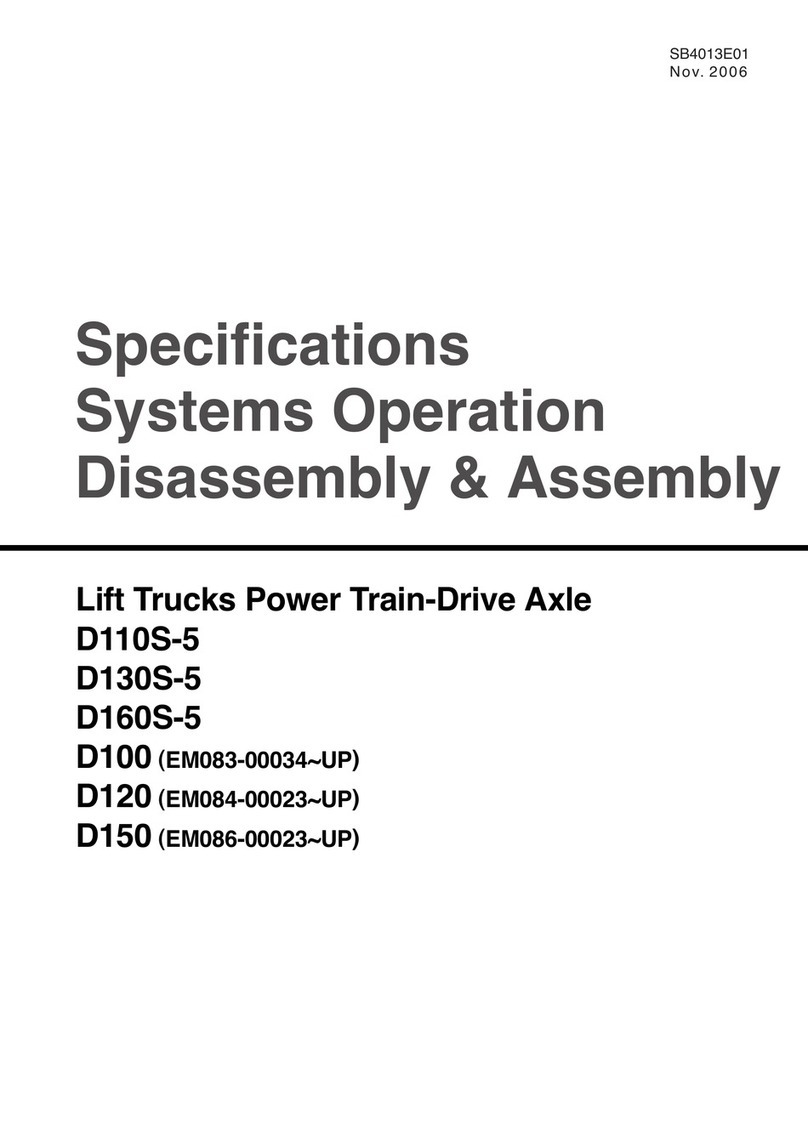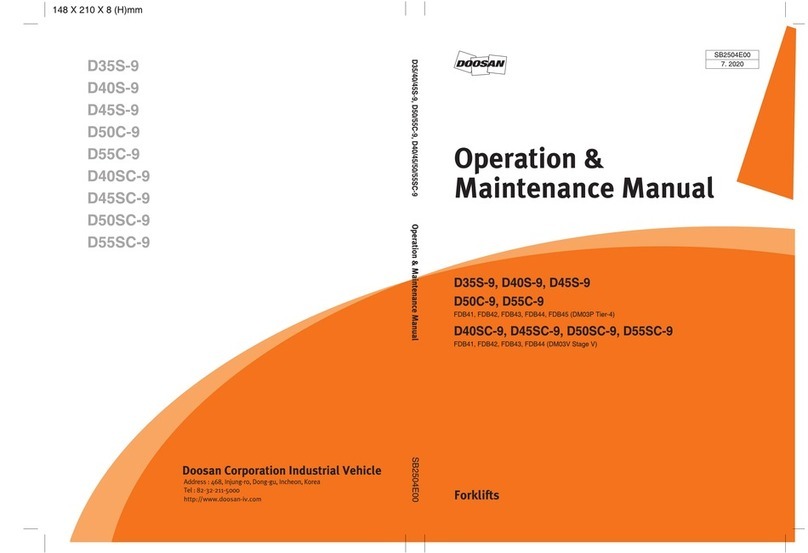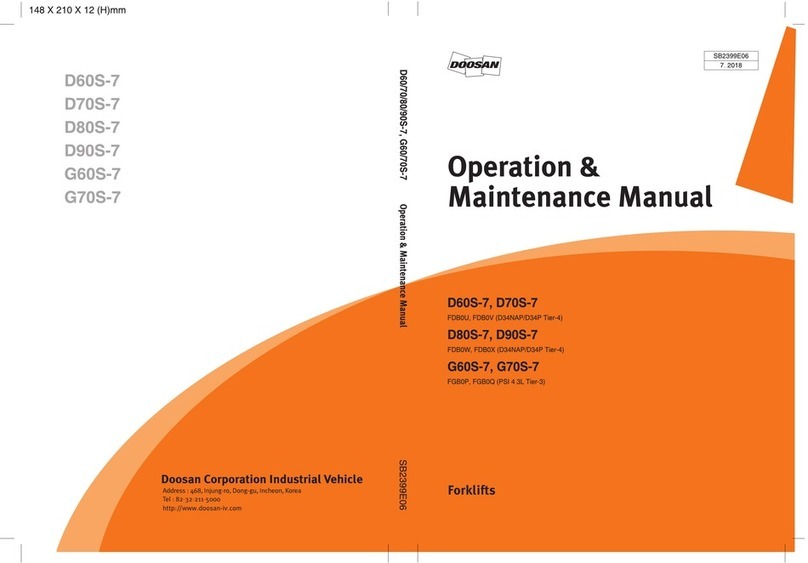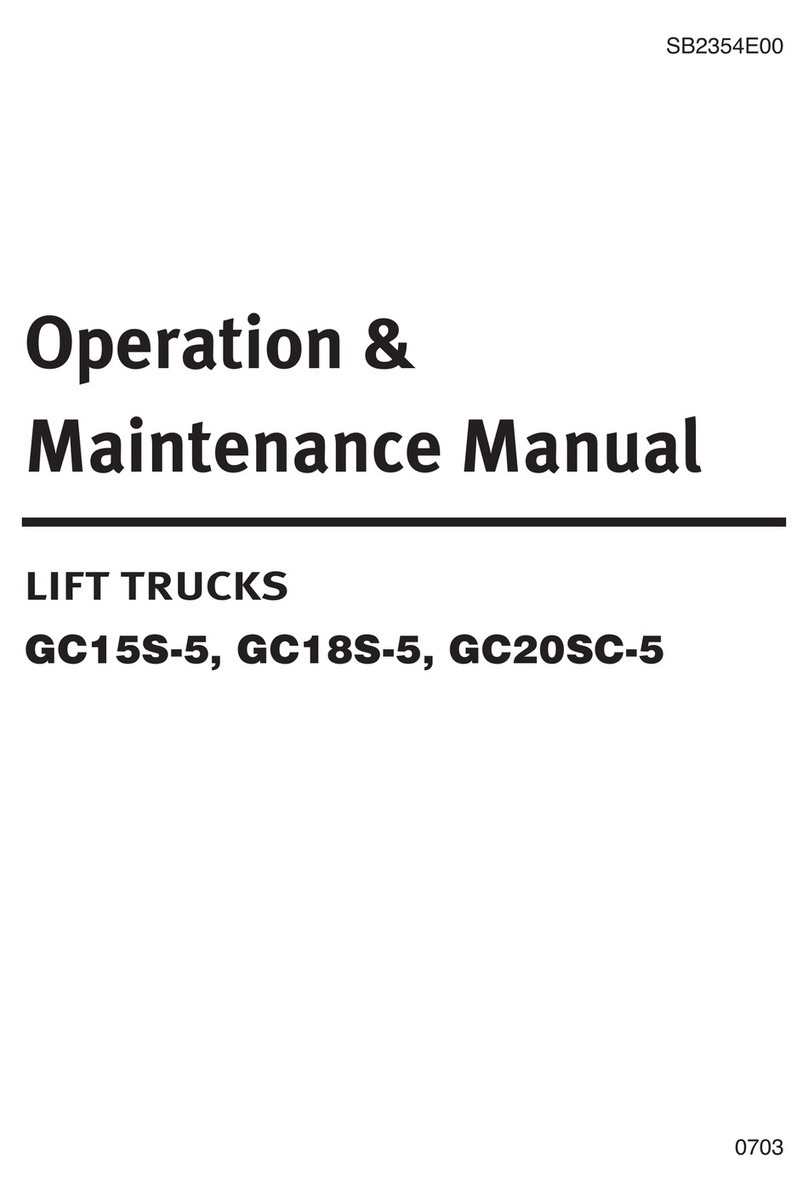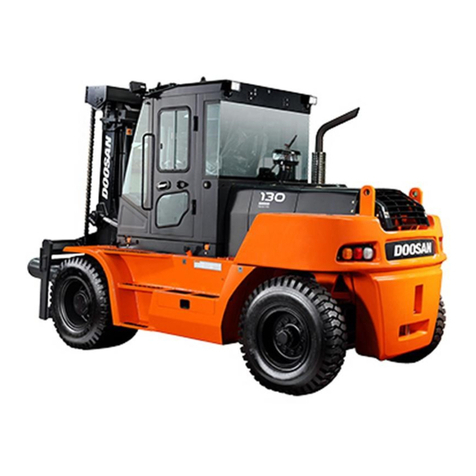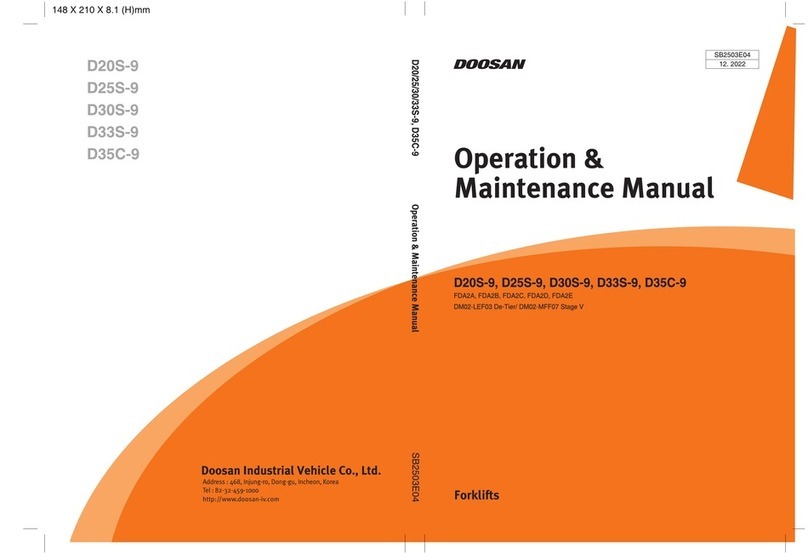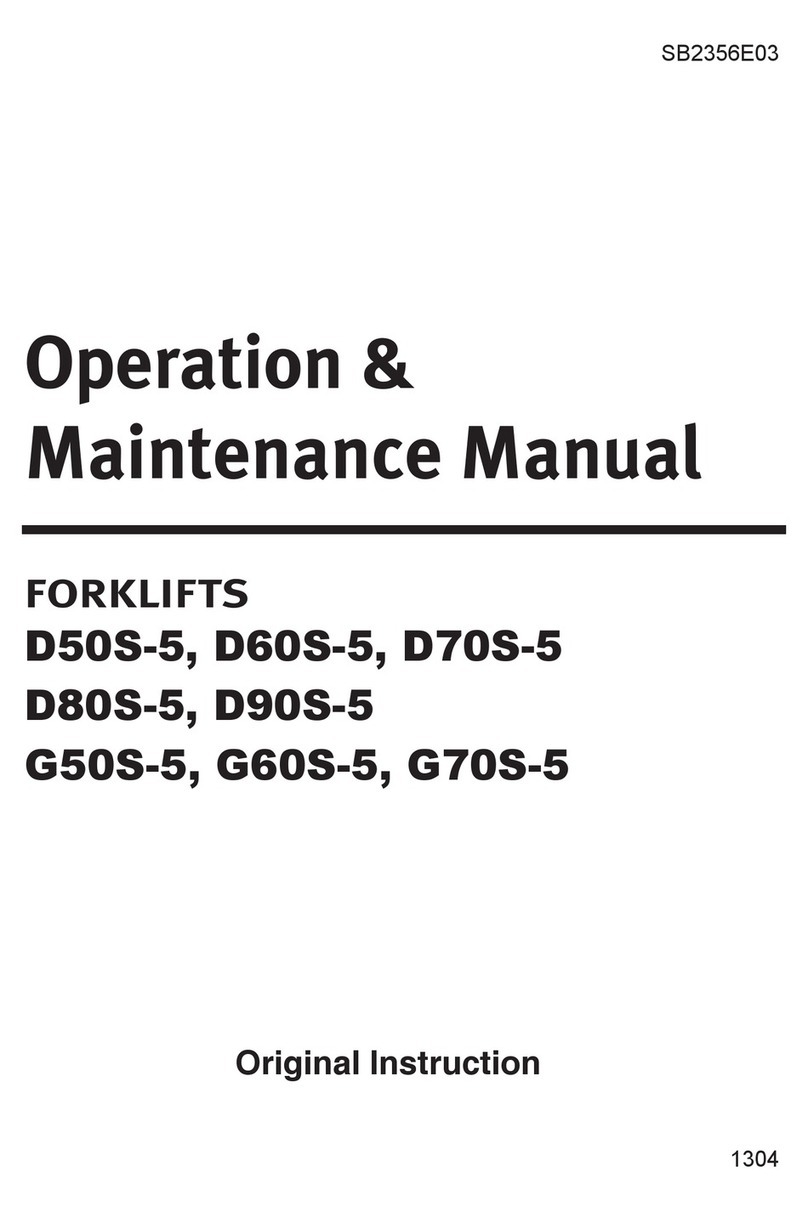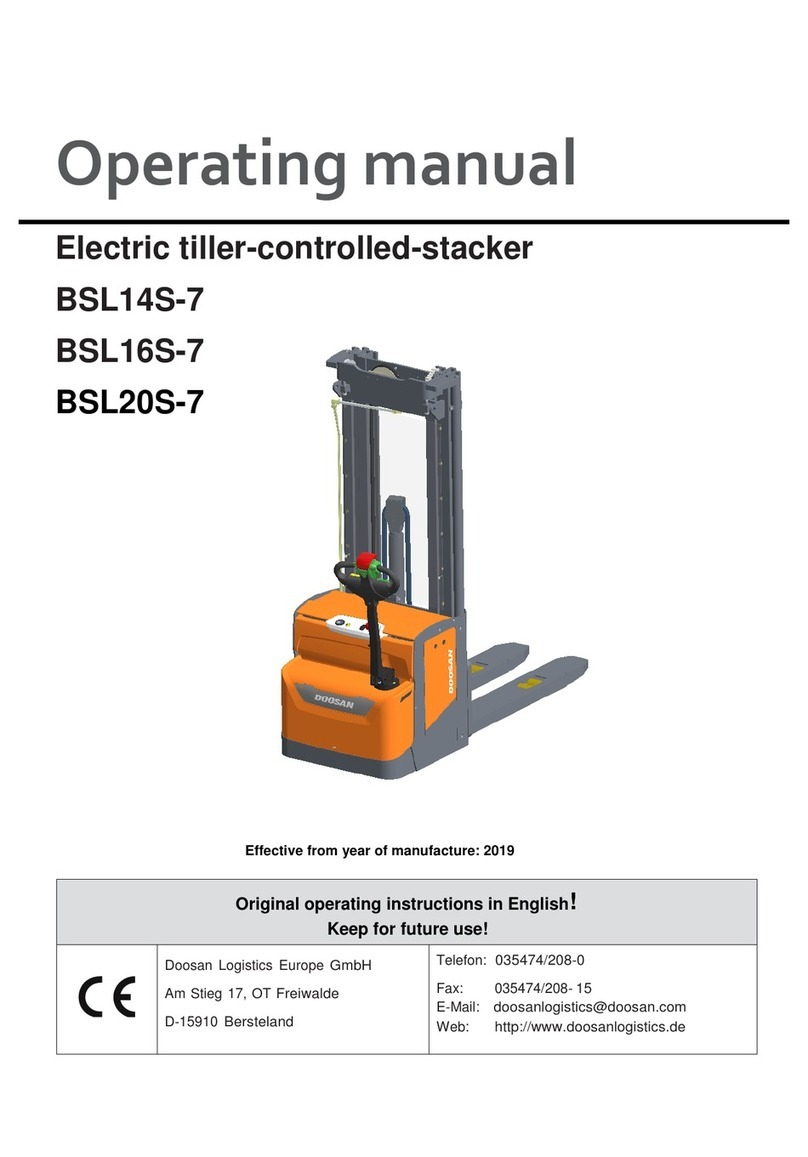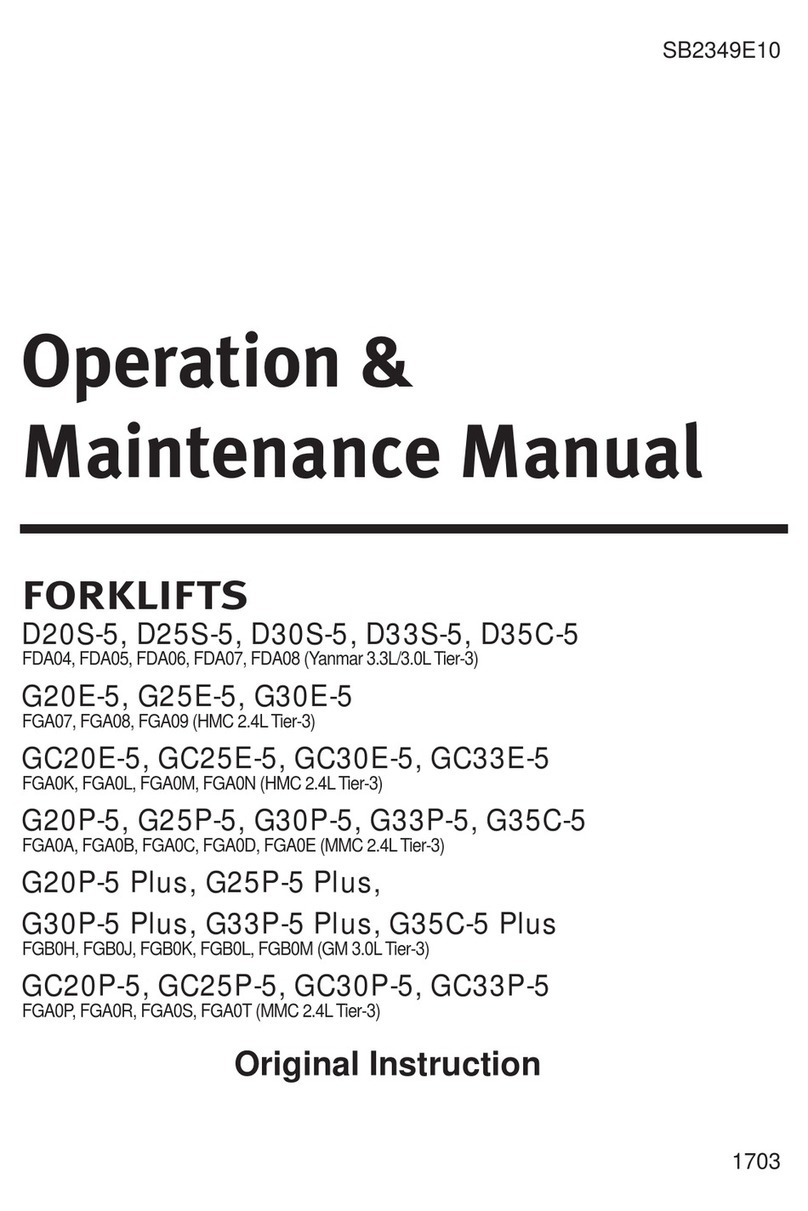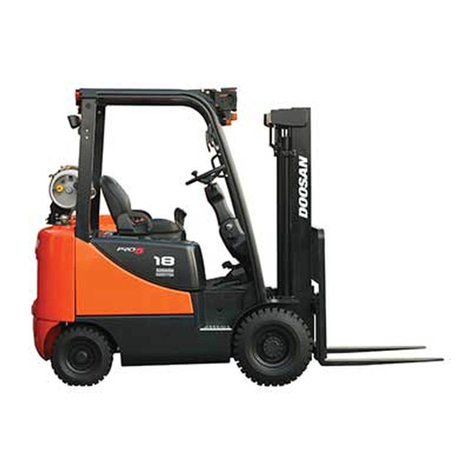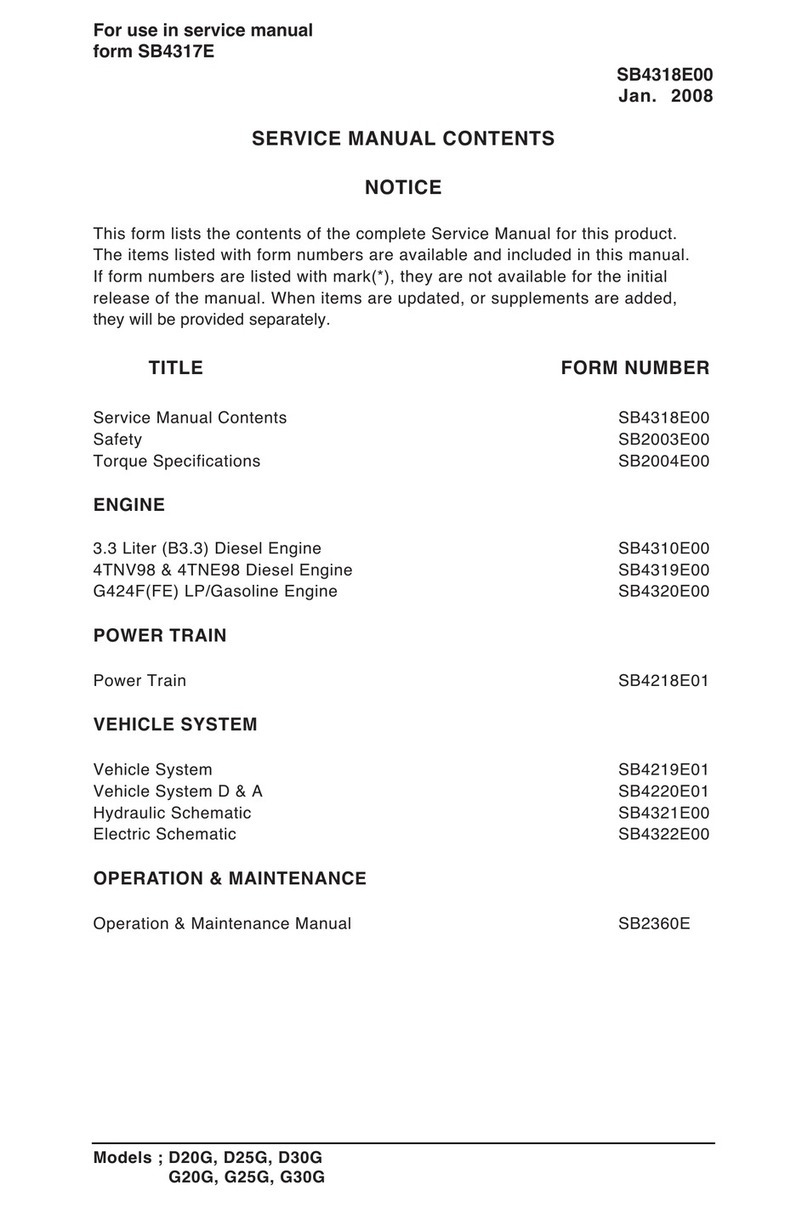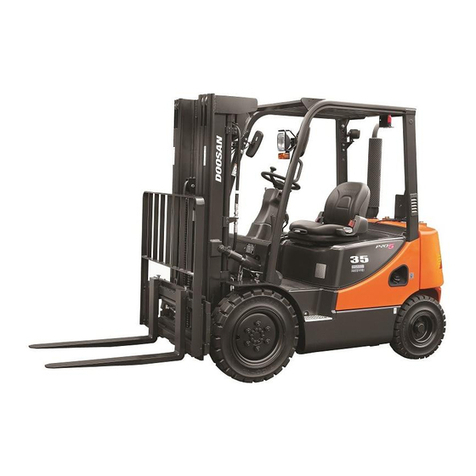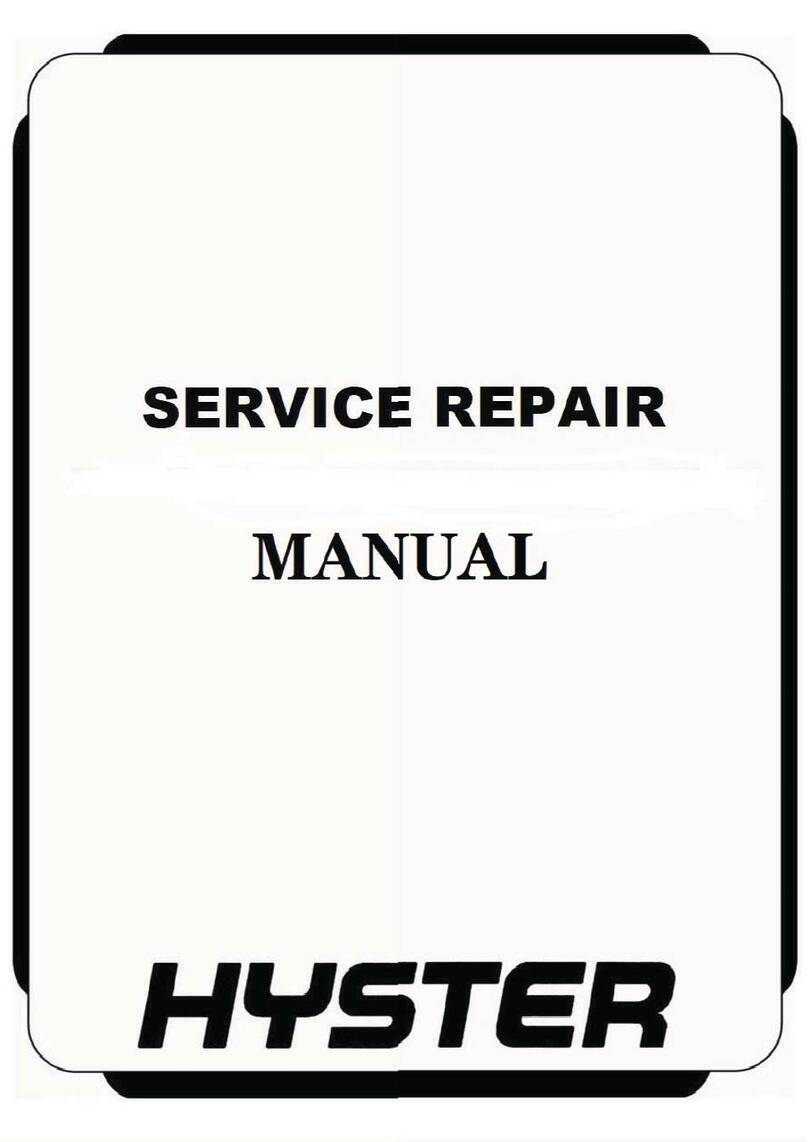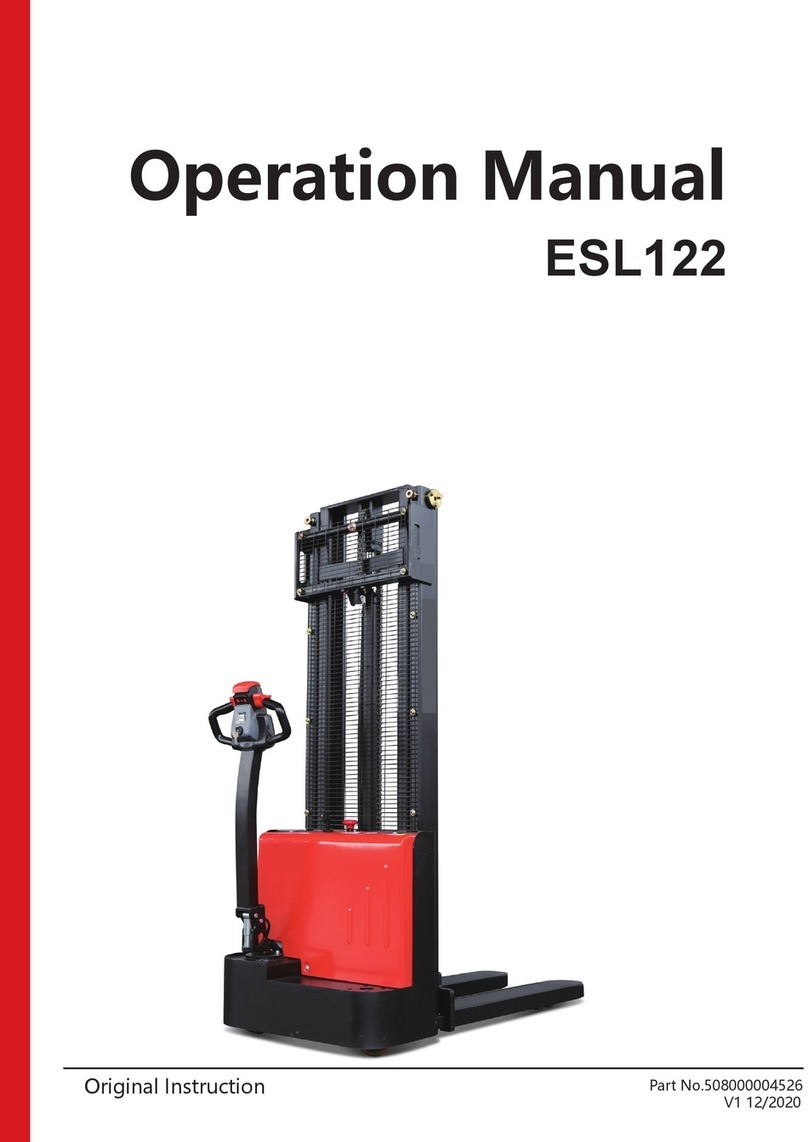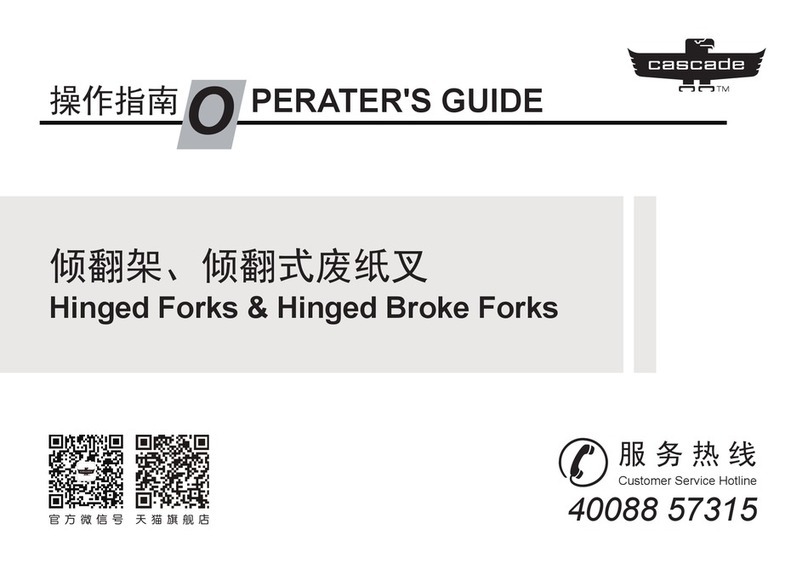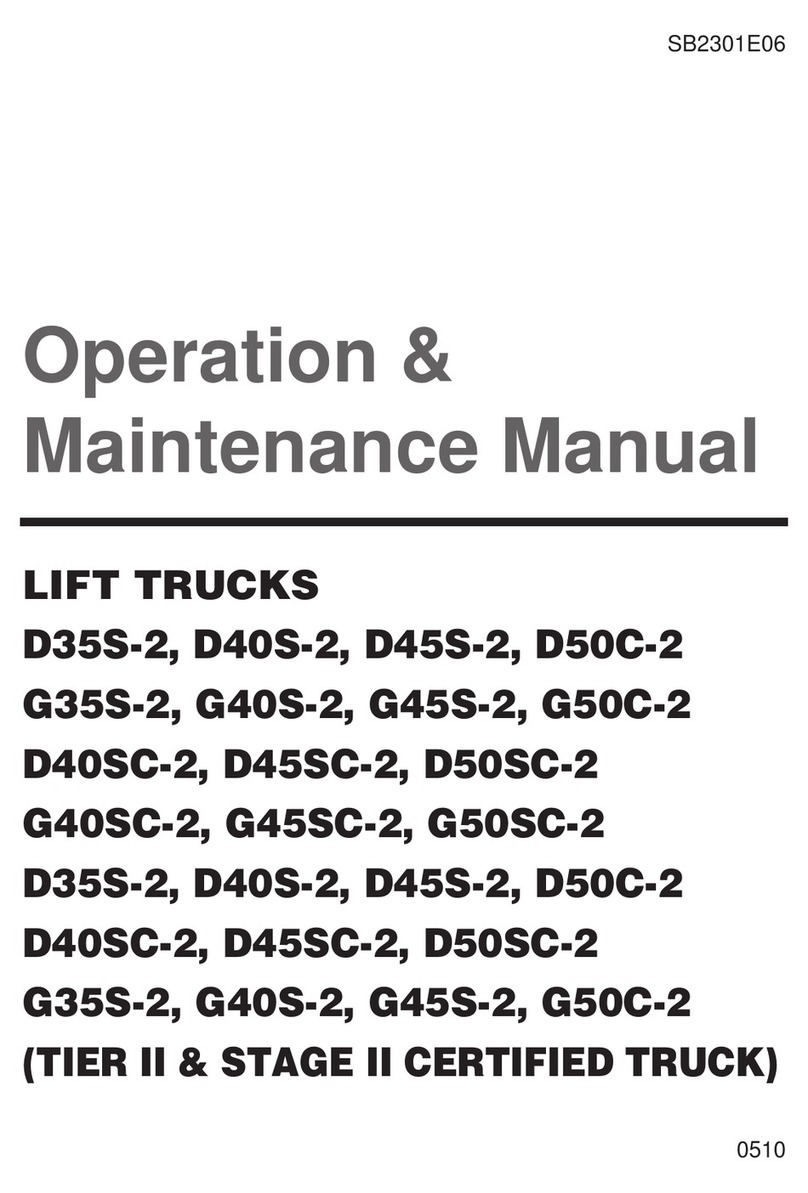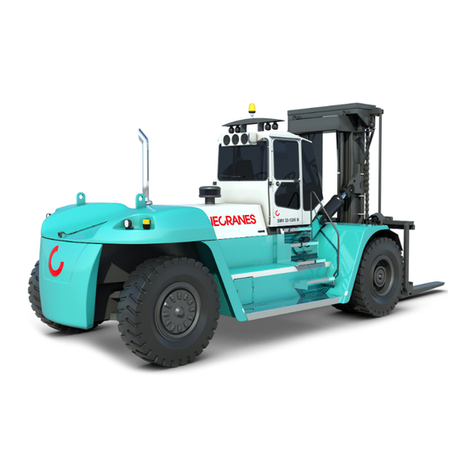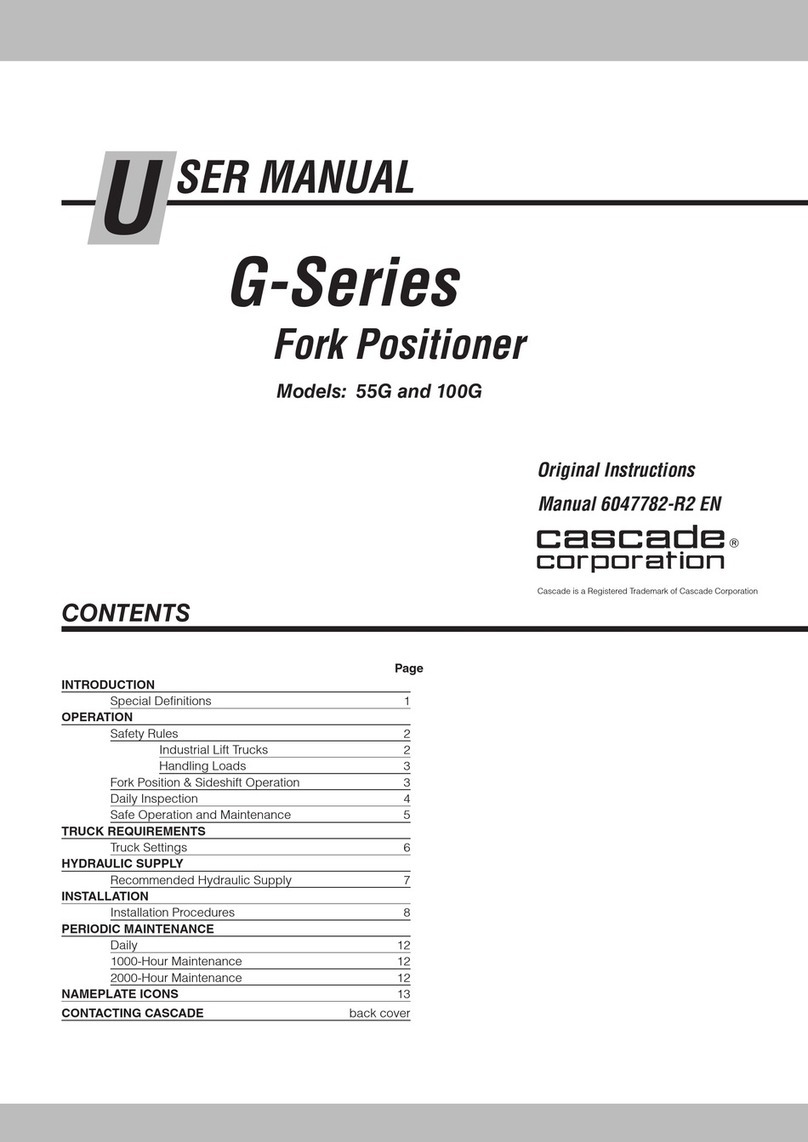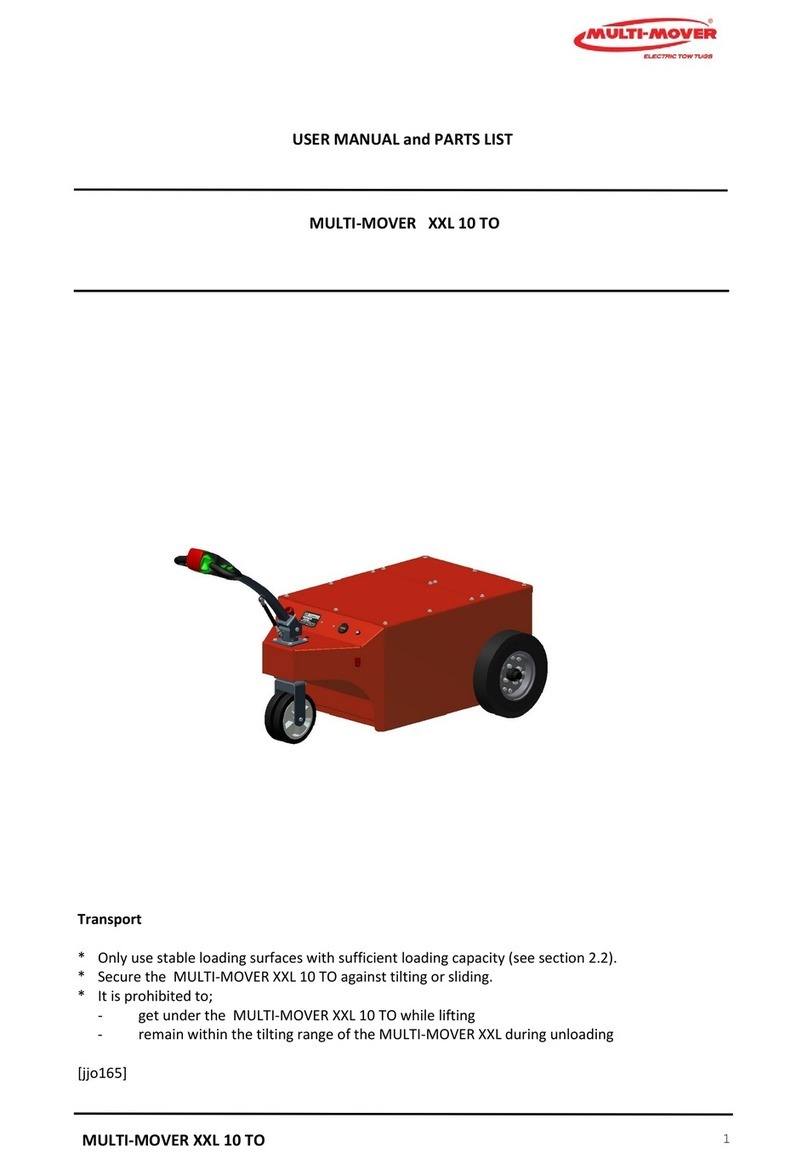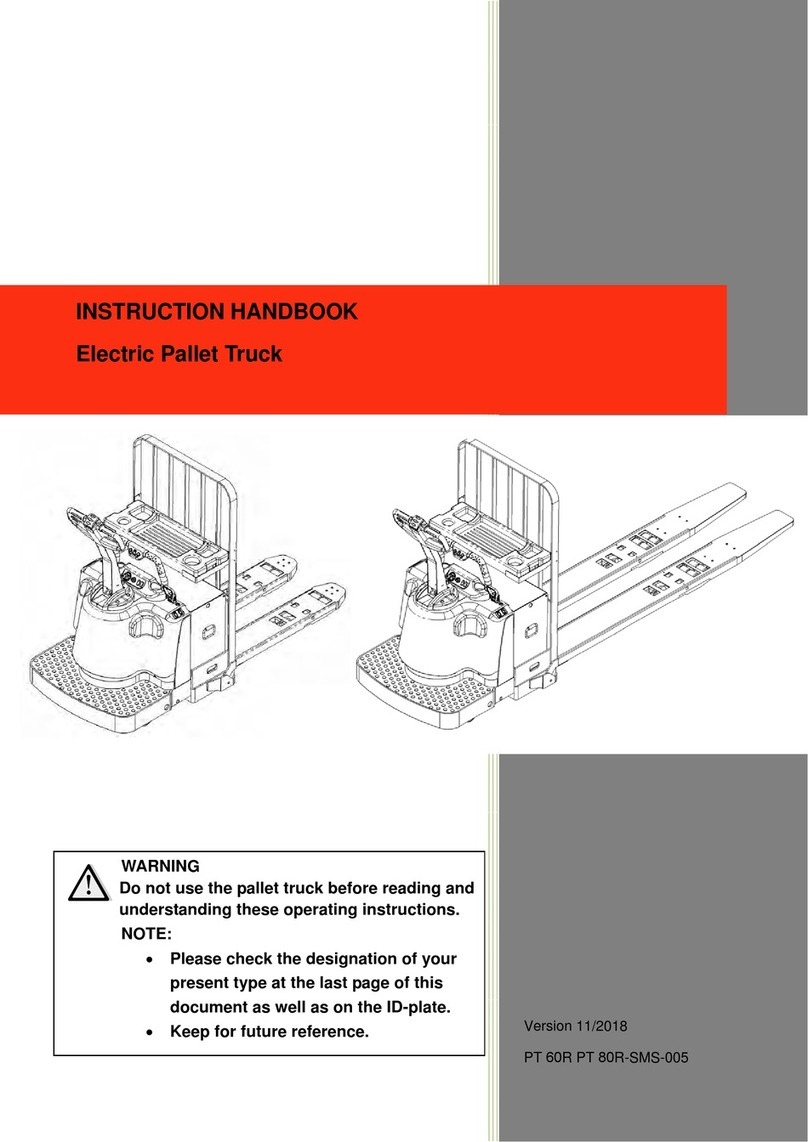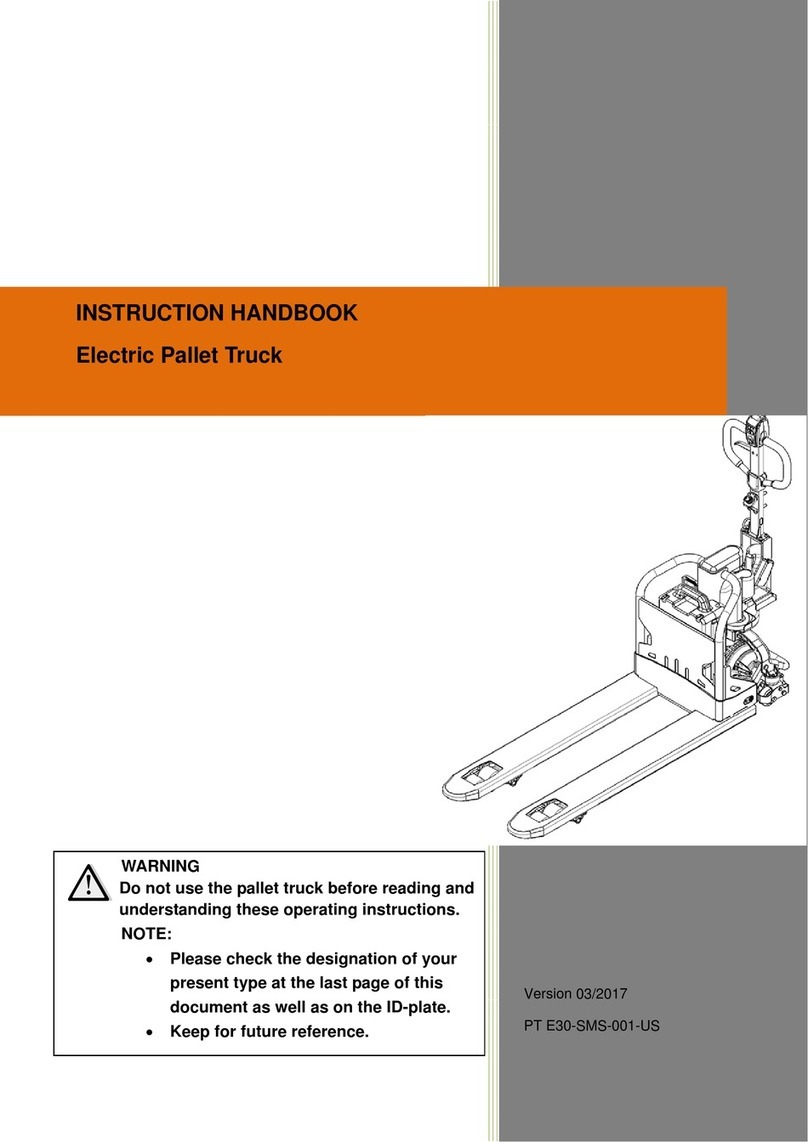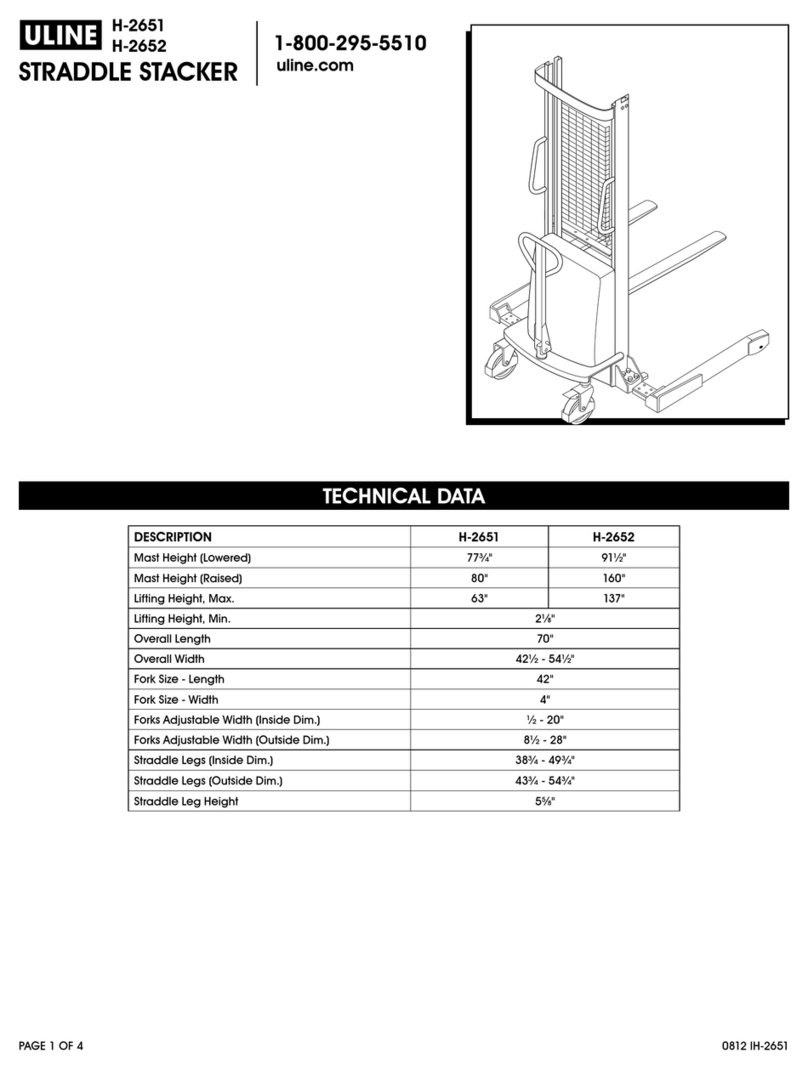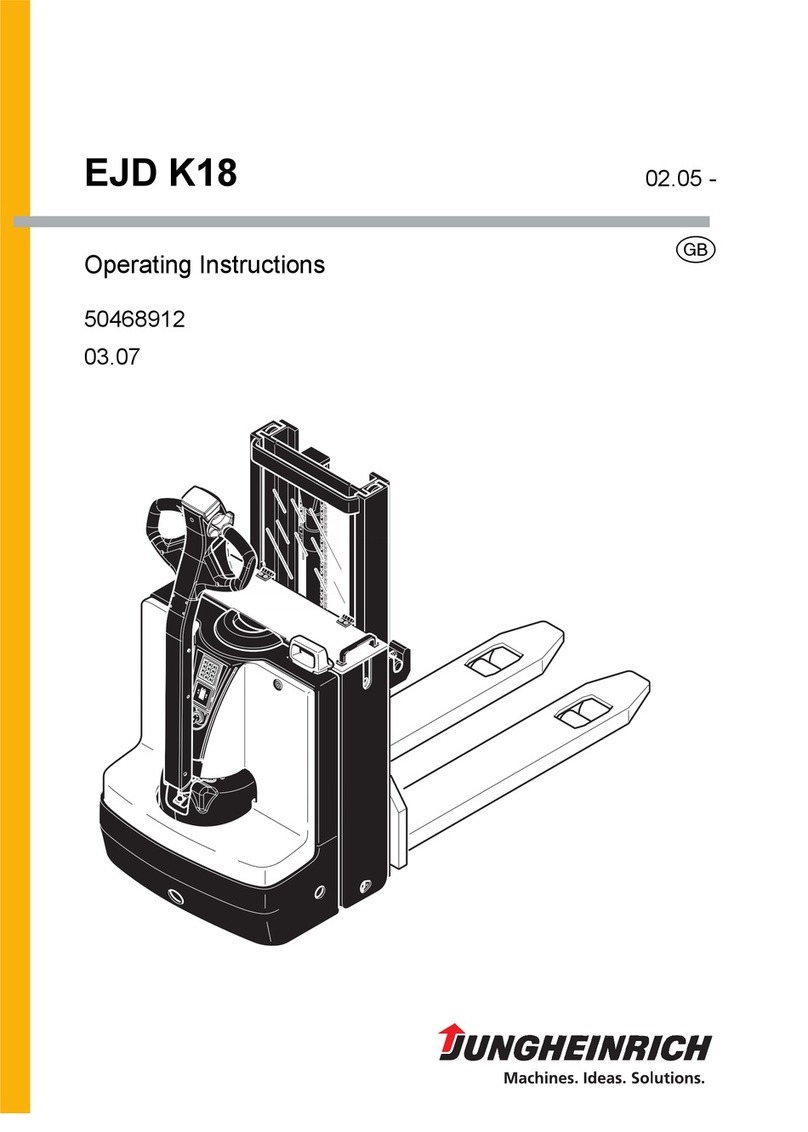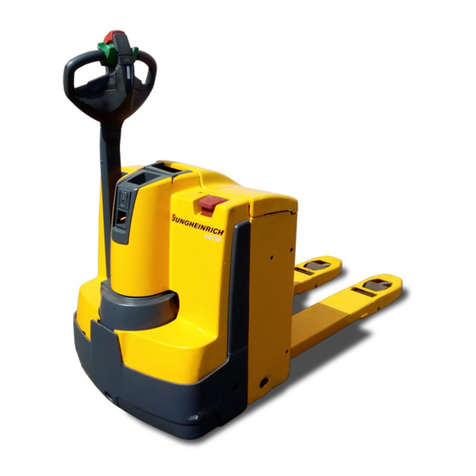
K1040196EPresentation
I-IV
CE MARKING, EMC DIRECTIVE
CE Marking
(Declaration of Conformity)
(Only applies to machines marketed within the EU/EEA.)
This machine is CE marked. This means that when delivered the
machine meets the applicable "Essential Health and Safety
Requirements," which are given in the Machinery Safety
Directive, 98/37EC.
Any person carrying out changes that affect the safety of the
machine, is also responsible for the same.
As proof that the requirements are met, the machine is supplied
with an EU Declaration of Conformity, issued by DOOSAN CE
for each separate machine. This EU declaration also covers
attachments manufactured by DOOSAN CE. The
documentation is a valuable document, which must be kept safe
and retained for at least ten years. The document should always
accompany the machine when it is sold.
If the machine is used for other purposes or with other
attachments than described in this manual, safety must at all
times and in each separate case be maintained. The person
carrying out such action is also responsible for the action which,
in some cases, may require a new CE marking and the issue of
a new EU Declaration of Conformity.
The EU EMC Directive
The electronic equipment of the machine may in some cases
cause interference to other electronic equipment, or suffer from
external electromagnetic interference, which may constitute
safety risks.
The EU EMC directive on "Electromagnetic Compatibility," 89/
336/EEC, provides a general description of what demands can
be made on the machine out of a safety point of view, where
permitted limits have been determined and given according to
international standards.
A machine or device which meets the requirements must be CE
marked. Our machines have been tested particularly for
electromagnetic interference. The CE marking of the machine
and the declaration of conformity also cover the EMC directive.
If other electronic equipment is fitted to this machine, the
equipment must be CE marked and tested on the machine with
regard to electromagnetic interference.
FG001781
Figure 2
